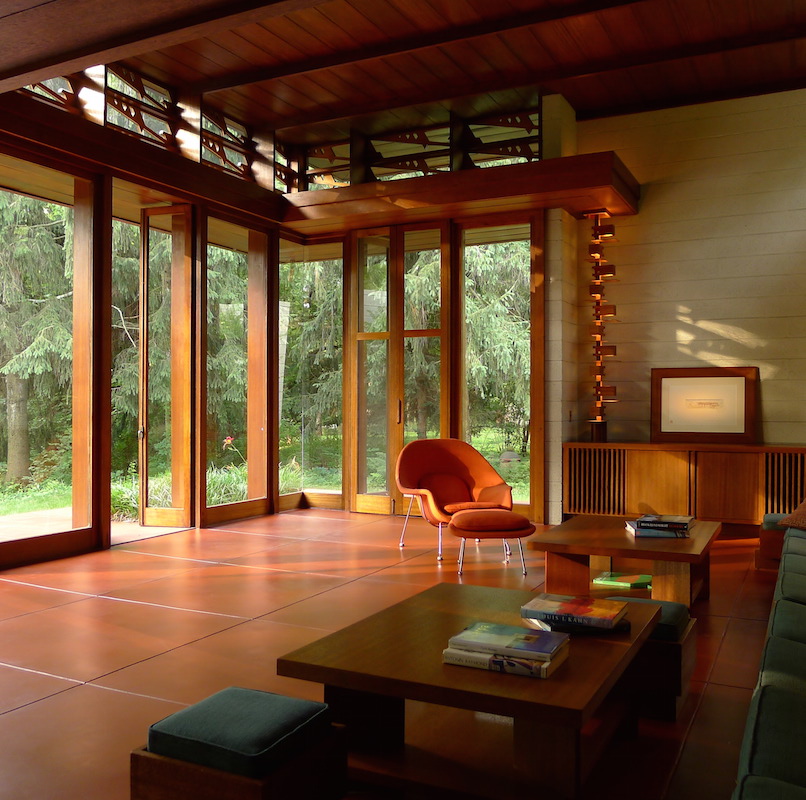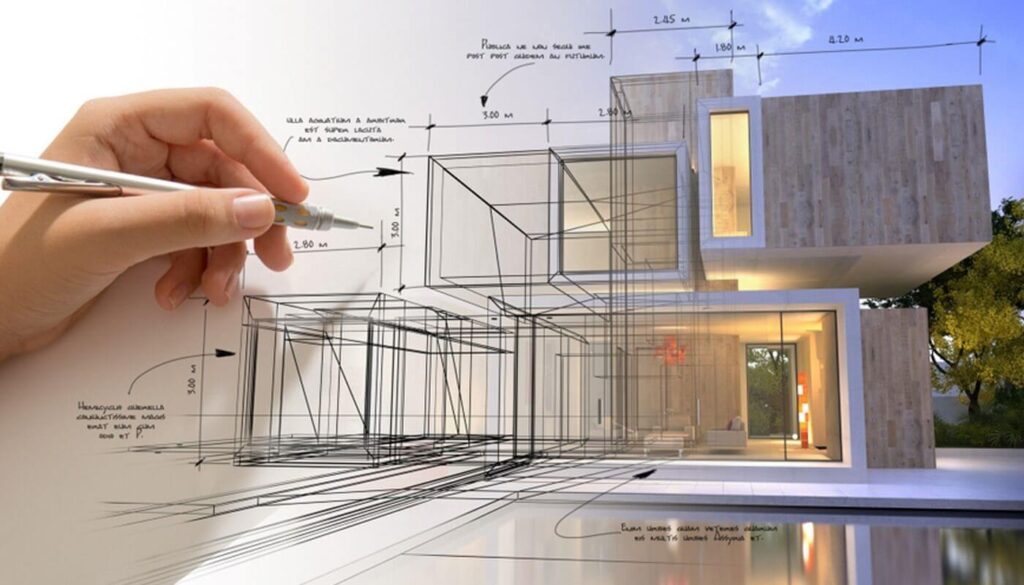Gorgeous Countryside Homes Interior Design for Nature-Inspired Living
Gorgeous Countryside Homes Interior Design for Nature-Inspired Living
Blog Article
The Art of Equilibrium: Just How Interior Design and Home Architect Collaborate for Stunning Outcomes
In the world of home design, striking an equilibrium between aesthetics and functionality is no small task. This fragile stability is attained with the unified cooperation between interior designers and architects, each bringing their distinct competence to the table. The result? Areas that are not just aesthetically magnificent but additionally extremely comfortable. This best blend is not constantly very easy to attain. Remain with us as we discover the intricacies of this collaborative process and its transformative influence on home design.
Comprehending the Core Distinctions In Between Interior Decoration and Home Style
While both Interior Design and home design play vital functions in creating cosmetically pleasing and useful rooms, they are naturally different disciplines. Home style mostly focuses on the structural facets of the home, such as constructing codes, safety and security guidelines, and the physical construction of the room. It takes care of the 'bones' of the structure, functioning with spatial dimensions, load-bearing walls, and roofing system layouts. On the other hand, Interior Design is a lot more concerned with boosting the aesthetic and sensory experience within that structure. It includes selecting and preparing furniture, picking color pattern, and incorporating ornamental elements. While they operate in tandem, their roles, obligations, and locations of know-how deviate substantially in the creation of a harmonious home setting.
The Harmony In Between Home Architecture and Interior Style
The harmony in between home architecture and Interior Design exists in a shared vision of layout and the improvement of functional aesthetics. When these two fields line up sympathetically, they can transform a space from ordinary to remarkable. This partnership calls for a much deeper understanding of each discipline's principles and the capacity to develop a natural, aesthetically pleasing environment.
Unifying Design Vision
Combining the vision for home design and Interior Design can create a harmonious living area that is both practical and visually pleasing. The balance begins with an integrated frame of mind; designers and indoor designers collaborate, each bringing their competence. This unison of ideas develops the layout vision, a plan that guides the project. This common vision is vital for consistency throughout the home, guaranteeing a liquid transition from exterior architecture to interior spaces. It promotes a collaborating technique where building aspects enhance Interior Design elements and vice versa. The result is a natural space that mirrors the home owner's way of life, personality, and preference. Therefore, unifying the design vision is crucial in mixing style and Interior Design for stunning outcomes.
Enhancing Useful Looks
Exactly how does the synergy in between home architecture and Interior Design boost practical aesthetics? This synergy makes it possible for the production of rooms that are not only aesthetically attractive yet also easily useful. Designers lay the groundwork with their architectural design, making sure that the room is efficient and functional. The indoor designer then matches this with carefully selected components that enhance the appearances without compromising the performance. This unified cooperation can lead to homes that are both liveable and stunning. For circumstances, an architect might develop a home with large home windows and high ceilings. The interior developer can after that emphasize these attributes with large drapes and high plants, specifically, hence enhancing the aesthetic appeal while keeping the sensible advantages of natural light and spaciousness.
Relevance of Cooperation in Creating Balanced Spaces
The partnership between indoor designers and engineers is essential in creating well balanced areas. It brings consistency in between design and style, bring to life spaces that are not just visually pleasing yet additionally functional. Discovering successful joint methods can provide understandings into just how this synergy can be effectively attained.
Harmonizing Style and Architecture
Equilibrium, a vital facet of both Interior Design and style, can only genuinely be achieved when these 2 areas operate in consistency. This consistency is not just an aesthetic factor to consider; it affects the performance, resilience, and inevitably, the livability of a space. Interior developers and architects should recognize each other's roles, value their knowledge, and connect efficiently. They need to take into consideration the interplay of structural aspects with style, the circulation of rooms, and the impact of light and color. This collective procedure causes a natural, well balanced design where every aspect contributes and has a purpose to the general aesthetic. Consequently, integrating style and style is not practically creating gorgeous areas, however regarding crafting areas that function seamlessly for their inhabitants.
Effective Collective Techniques

Case Studies: Effective Integration of Layout and Style
Analyzing a number Hampshire architects of instance studies, it becomes obvious just how the successful assimilation of interior style and architecture can change a room. Architect Philip Johnson and interior developer Mies van der Rohe teamed up to create a harmonious equilibrium in between the structure and the inside, resulting in a seamless flow from the exterior landscape to the you could try this out internal living quarters. These instance researches underline the extensive impact of a successful design and design partnership.

Getting Over Difficulties in Design and Style Partnership
In spite of the indisputable advantages of an effective cooperation in between indoor design and architecture, it is not without its challenges. Architects may prioritize architectural stability and safety and security, while developers concentrate on convenience and design. Reliable interaction, shared understanding, and concession are vital to get over these obstacles and attain a unified and effective partnership.

Future Patterns: The Developing Partnership Between Home Architects and Inside Designers
As the world of home style continues to develop, so does the connection between designers and interior designers. Conversely, indoor developers are welcoming technological facets, affecting general design and performance. The future guarantees a more cohesive, innovative, and flexible approach to home layout, as engineers and developers continue to obscure the lines, cultivating a partnership that genuinely symbolizes the art of balance.
Final thought
The art of equilibrium in home design is accomplished through the unified collaboration in between interior developers and architects. Regardless of obstacles, this partnership cultivates growth and innovation in style.
While both indoor design and home style play important duties in creating cosmetically pleasing and functional spaces, they are inherently various self-controls.The synergy in between home style and interior style exists in a shared vision of style and the improvement of this functional appearances.Combining the vision for home style and interior design can produce an unified living space that is both practical and cosmetically pleasing. Thus, unifying the style vision is critical in blending style and interior style for sensational outcomes.
How does the synergy between home style and indoor design enhance practical appearances? (Winchester architect)
Report this page